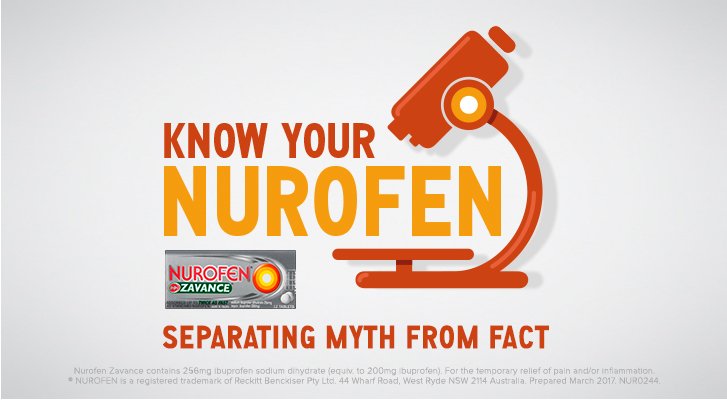First Aid Courses in Dickson. The other companies wont give you a first aid manual, cpr face mask, free parking, free phone app or GST included in the price.
For kids with food allergies, eating the wrong food can trigger a potentially fatal reaction. No wonder parents and doctors have been reluctant to abandon timeworn treatments, like allergy testing and avoiding problem foods.
Yet the dramatic rise in food allergies over the past 20 years has experts rethinking their approach, says pediatric allergist Brian Schroer, MD. His report on the latest food allergy research reveals seven new ways doctors are managing food allergies:
1. High-risk babies may be exposed to peanuts
Several studies, particularly the LEAP (Learning Early About Peanut) trial, found that exposing high-risk babies to peanut-containing foods ― rather than avoiding them ― significantly lowers the risk of peanut allergy.
In babies deemed high risk because of eczema or egg allergy, the National Institute of Allergy and Infectious Disease (NIAID) recommends introducing peanut between 4 and 11 months of age.
2. Siblings of allergic children won’t need testing
The siblings of an allergic child or the children of allergic parents do not require allergy testing. They’re not much more likely to develop food allergies than children in the general population.
But doctors will still want to test children who have a known food allergy or whose moderate to severe eczema requires prescription steroid cream.
3. A positive test doesn’t mean kids must avoid a food
Doctors no longer automatically advise patients to avoid foods for which their child tested positive.
If a child has developed symptoms such as eczema after eating a certain food, Dr. Schroer instead advocates “food challenges” at a doctor’s office.
It may not be necessary to avoid the food or provoke lifelong anxiety about the possibility of severe reactions, he says.
4. Doctors will consider the psychological impact
Sitting at a separate “peanut-free table” at school or avoiding play dates is not necessary for many kids with food allergies.
The psychosocial risks are high, says Dr. Schroer. Studies suggest that doctors should ask kids with food allergies about fear, stress and bullying.
5. Your child will receive fewer oral steroids
New studies show that oral steroids are not effective in treating allergic reactions, including life-threatening anaphylaxis.
They suggest that while one dose may be effective, steroids are often prescribed for far too long after anaphylaxis resolves.
6. Allergy shots aren’t considered foolproof
While often effective in desensitizing the child to a food, allergy injections aren’t without risk.
“We don’t know their full long-term benefits and risks,” says Dr. Schroer.
Risks include anaphylaxis to the therapy itself, chronic nausea and stomach pain. Another risk: eosinophilic esophagitis, a chronic condition that causes trouble swallowing food and poor growth.
7. Your doctor may recommend counseling
Anxiety and low self-confidence can develop when kids feel vulnerable, fearful or singled out for concern and special treatment because of food allergies.
“The toll on mental health can be severe and lifelong,” says Dr. Schroer. “Kids may need coaching to feel confident about going out into the world to eat food safely.”
If you have questions about how your child’s allergy should be managed, talk to your pediatrician or to a pediatric allergist. Their recommendations may surprise you.













